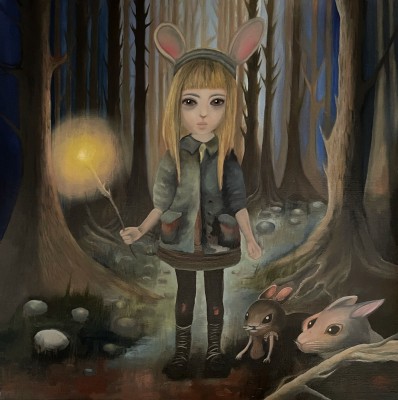For the love of birds
Oil on canvas board
size 50 x 50 cm
no frame
WHY BEARS?
Because what’s good for bears is good for people and the planet.
Bears are keystone, or umbrella, species. Each population of bears is of great significance to the wider ecosystem in which it lives. If steps are taken to protect a bear population’s habitat then the whole related environment and the animals and plants within it also benefit.
Bears face a number of serious threats, each originating from human beings. Only by changing human attitudes to bears and their habitats can we begin to address the threats they face at our hands. Follow the links below for more information on specific threats.
The threat to polar bears of the shrinking winter ice-cap is pretty obvious. But climate change also directly affects the other seven bear species.
Poaching
Bears are illegally killed as trophies, for their pelts or body parts, because they are seen as a threat or nuisance. Cubs are poached for use in bear bile farming, to be used as dancing bears or as pets.
Habitat loss and human-bear conflict
Destruction and fragmentation of bear habitat seriously increases the risks of confrontation between bears and humans. Usually there is only one winner; and it isn’t the bears.
Road & rail
Roads and railways are a source of both direct and indirect mortality for bears. Bears are killed in collisions but many more die because of the adverse, indirect effects of roads and railways.
Captive bears
Thousands of bears are kept in appalling, outdated zoos which are cruel prisons. They are also exploited in roadside shows, circuses, bile farms and bear-baiting dogfights.
Hunting
In this mixed-up world hunting is not always bad news for a bear species as a whole. However, money talks and many bear hunts are unsustainable, and unregulated.
Bears are in trouble and need our help. If you want to get involved, please, click here: www.bearconservation.org.uk
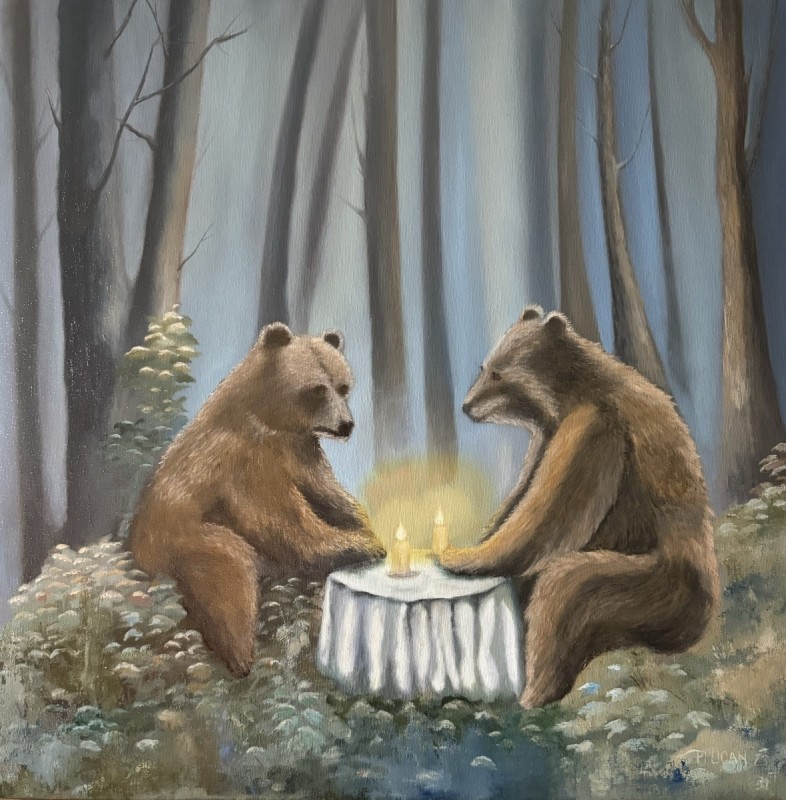
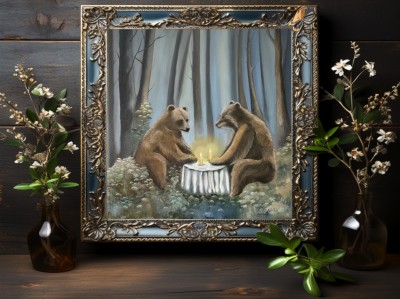
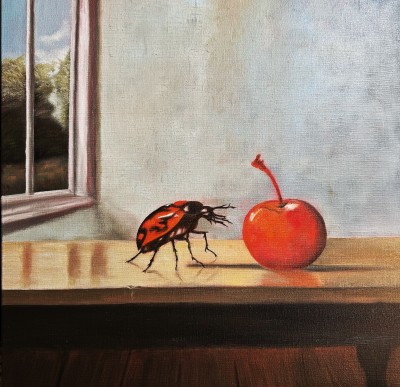
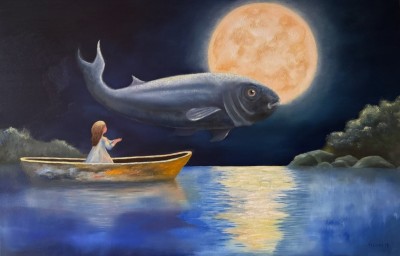
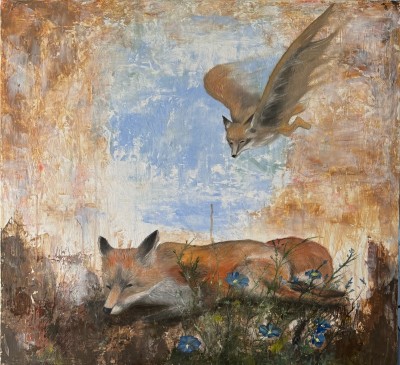
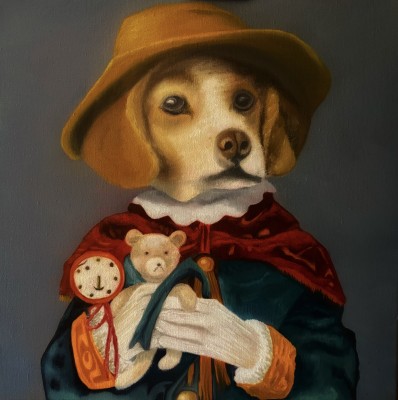
.jpg)
